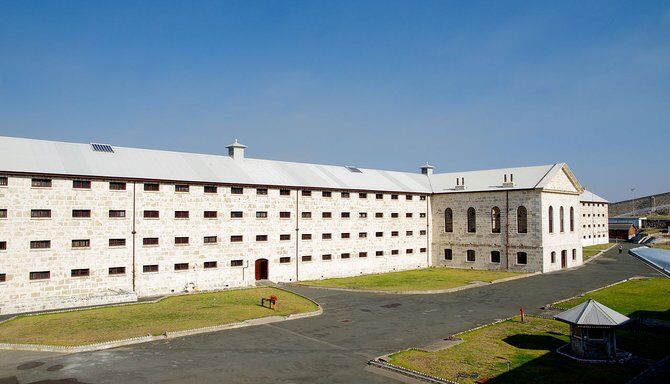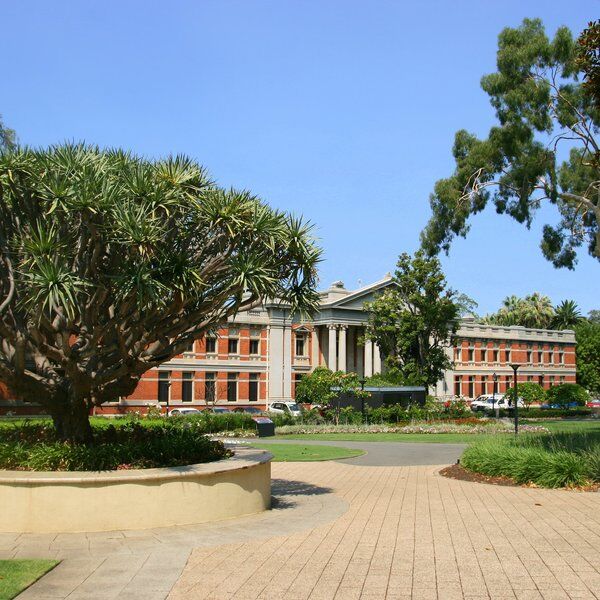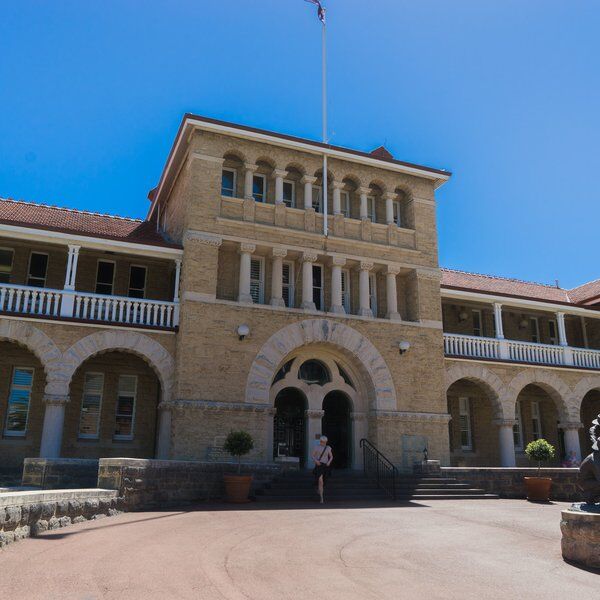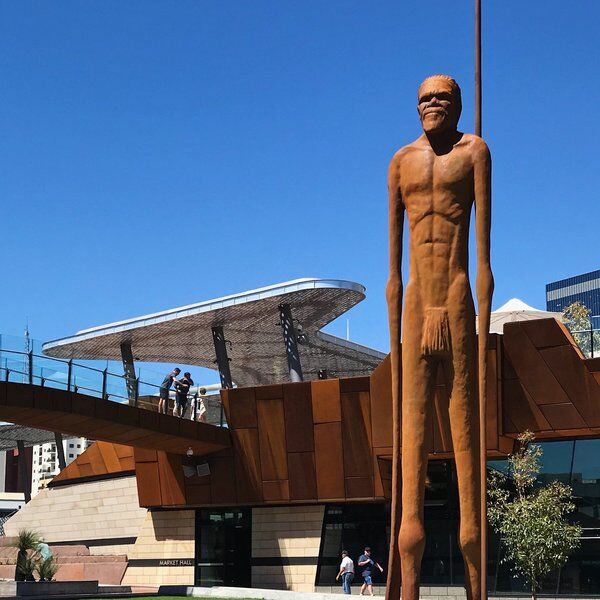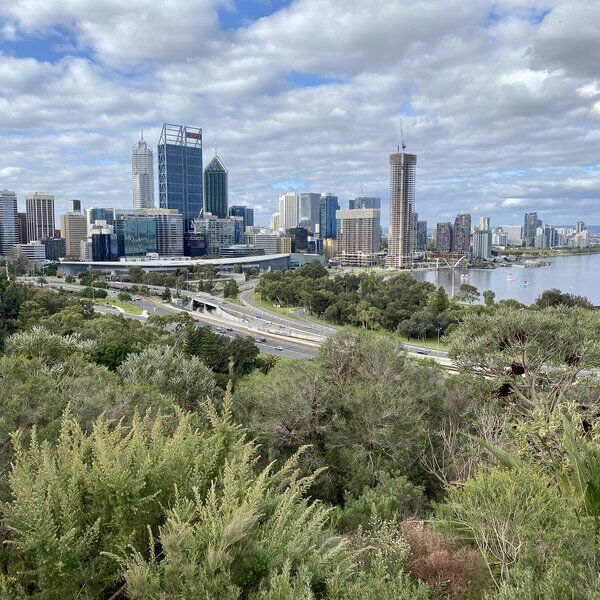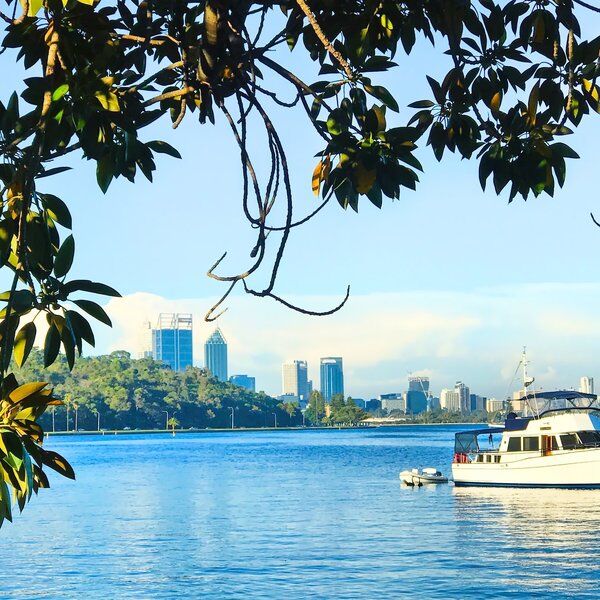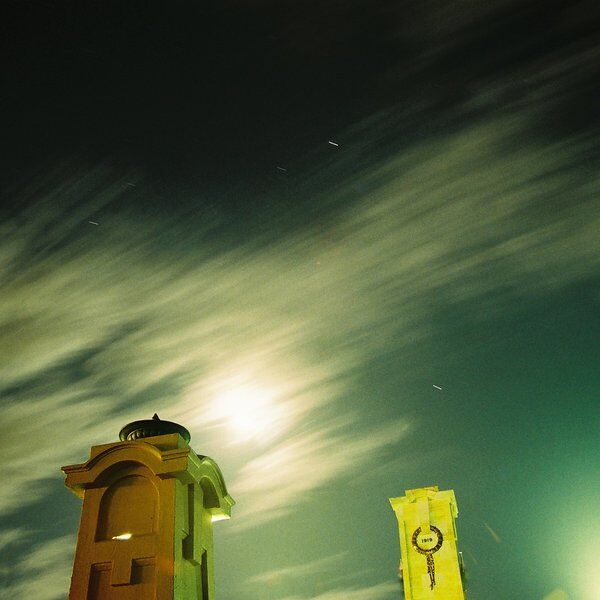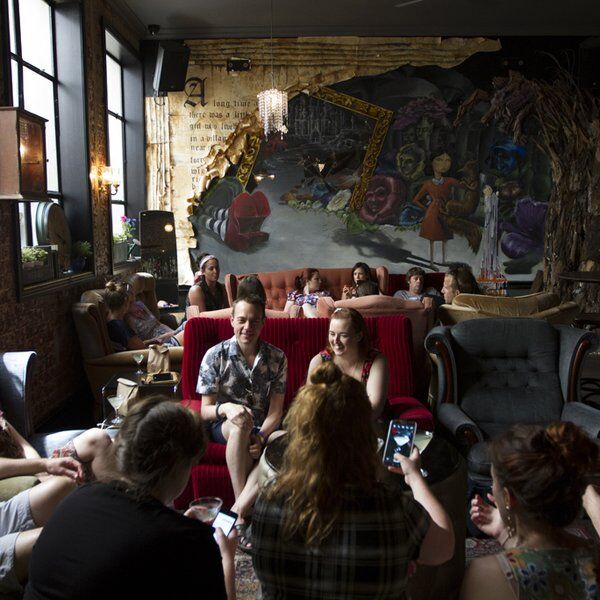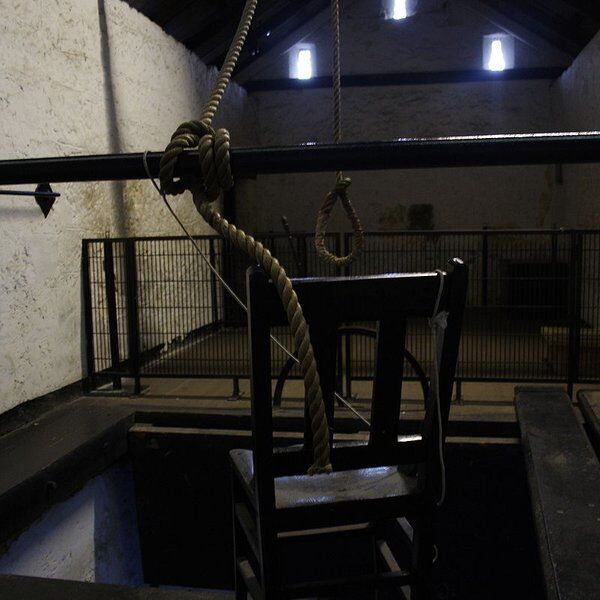
Before Fremantle Prison
Perth was established in 1829 as a 'free settlement'. Unlike its sister colonies on the east coast it was not to be somewhere convicts were sent to relieve overcrowded British cells but a city in its own right.
Fast forward to 1851 and a shipful of British convicts were living there in a temporary prison, building themselves a more permanent confines: Fremantle Prison. In the intervening years the demand for cheap labour had outgrown the desire to remain 'free'.
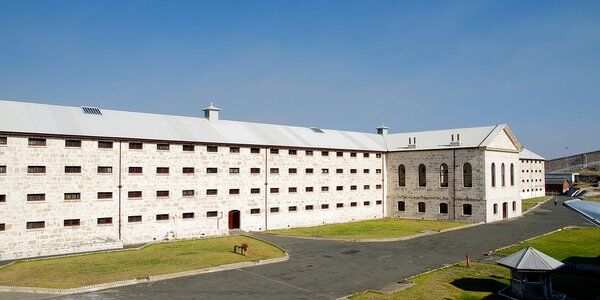
Fremantle Prison Changes Hands
The main cell block and walls were completed in 1855 with a gatehouse reminiscent of those of 13th century English castles, and a gallows for executions. It was owned and operated by the British government and housed mainly convicts, although a few local criminals were kept there too at the cost of the Colonial government.
In 1868 penal transportation to Western Australia stopped and the number of convicts subsequently declined. The Colonial Government bought the prison, renamed it Fremantle and filled it with prisoners from Perth Gaol. From 1887 female criminals were also incarcerated there in a separate section.
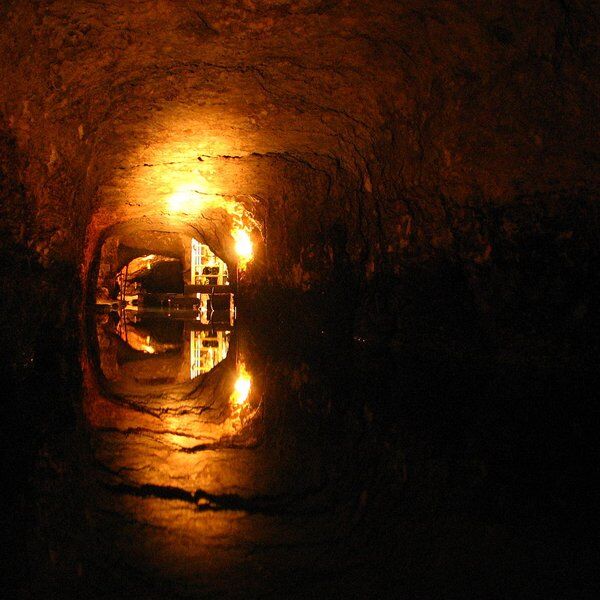
The Goldrush and Fremantle Prison
The 1890s brought with them new problems for the prison. The Western Australian goldrush attracted a mass of desperate and opportunistic people to the area, all hoping to get rich. Most failed, and crime rates swelled.
The prison was soon overcrowded and the conditions inside became bleak. The general public grew concerned about the mistreatment of prisoners and in 1898 a Royal Commission was established to investgate prison operations.

Fremantle Prison's Failed Reforms
Within a year major changes were being made. Over 100 cells were enlarged by knocking down the dividing walls between them and their neighbours. New workshops were built to provide prisoners with meaningful employment, including spaces designed for tailors, bookbinders, shoemakers, matmakers and painters.
In 1903 a new Prisons Act was passed. In theory this should have instigated significant reform. In reality however it left too much power in the hands of prison governors and was soon outed by the media for the feeble document it was.

In 1911 a further Royal Commission recommended the prison be closed. The government ignored this, choosing instead to focus on building schools, roads and other bits of infrastructure.
Later, the election of a Labour government saw renewed interest in penal reform. A new superintendent was brought in and the prison's policies began rapidly to change.
Despite this the prison remained a regressive and overcrowded place. Further efforts were made to address this between 1960-71 with the opening of seven prison outstations in the local area, but this could do little to reduce the discontent growing inside Fremantle's cells.
In 1988 boiling point was reached in the form of the Fremantle Prison Riot.
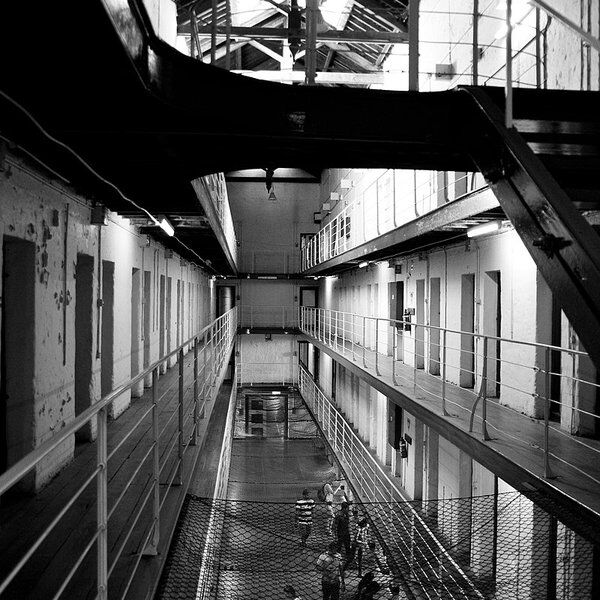
Fremantle Prison Riot
On January 4th, a group of Division 3 prisoners were being taken into their cellblock when one of them shouted, 'let's take 'em!' Guards were splashed with boiling water, usually used for making tea, and a group of prisoners stormed the cellblock armed with whatever came to hand.
The prison officers were overpowered and taken hostage and a series of cells were set on fire. The flames soon spread and the roof began to collapse.
The hostages were surrounded by prisoners who in turn were surrounded by riot police. The police negotiated with the prisoners whilst the fire brigade fought to extinguish the blaze from outside the prison walls (the gates were too small for their trucks to fit through).
The rioters had three demands: (1) A meeting with the Attorney General, (2) Media access, and (3) No retribution afterwards. They held out for 19 hours then traded their hostages for food and cigarettes. Only the third demand was agreed to.
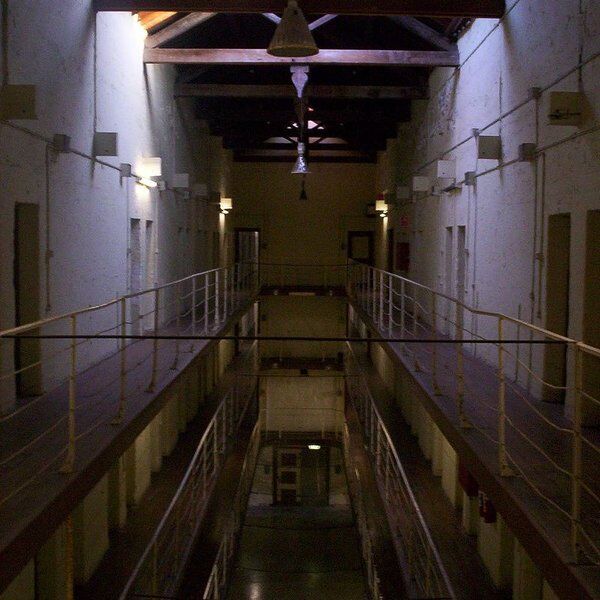
Aftermath
$1.8m damage was caused by the fire, and several people were injured but no one died.
The media theorized afterwards that the riot had been started to provide cover for a prison break. There is little evidence of this however.
An subsequent investigation suggested instead that it was likely caused by the mistreatment of a prisoner on the morning of the riot, along with the prison's generally poor conditions.
Despite the promise of no retribution 33 prisoners received extensions to their sentences. One of them, Brenden Abbott, escaped from the prison the following year and spent over five years on the run before finally being captured.

Fremantle Prison Closes
Five years before the riot, in 1983, the government had decided to close the prison. This came into effect in November 1991 and the prisoners were moved to a new maximum security prison in Casuarina. The prison was then conserved as a National Heritage Site and some of its buildings transformed for community use.
The prison is open to visitors from 9am-5pm daily, and later on Wednesday and Friday evenings. Paid parking is available on site, as well as a cafe. Various tours are available at prices ranging from $22 for one tour ($12 for children) to $75 for the full tour package ($55 for children). Also nearby Fremantle Markets is well worth a visit.
Interested in finding more places like this? Try one of our CityDays Urban Exploration Games- untangle cryptic clues as a team, as you are taken on a journey to the most unique, unusual and bizarre corners of Perth and beyond!
Or discover other prisons in Australia and around the world in our articles on Melbourne's Old Melbourne Gaol and Abbotsford Convent, Paris' Conciergerie, Sydney's Cockatoo Island, Manchester's Strangeways Prison and London's Wormwood Scrubs.
